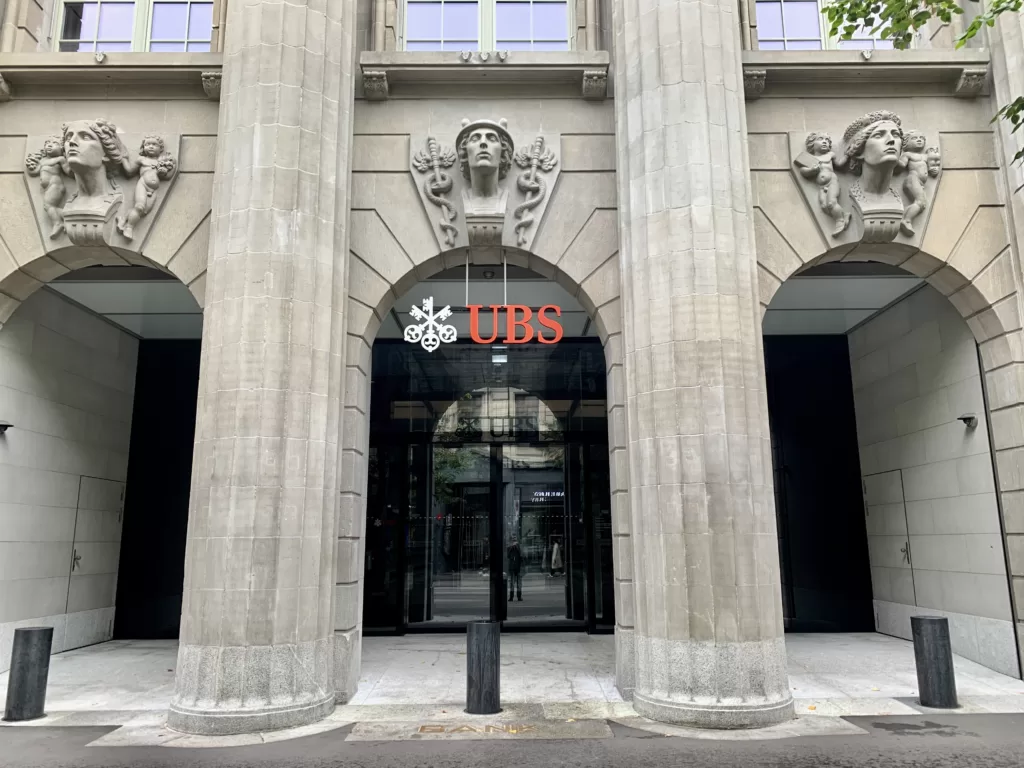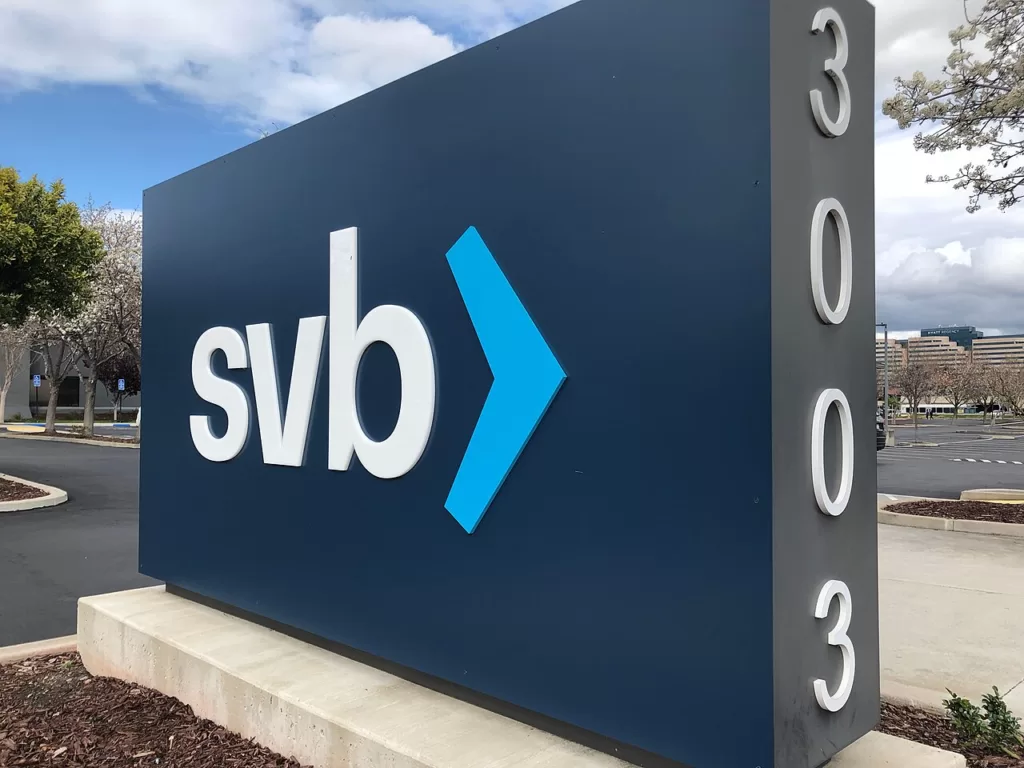Complex, opaque and often outdated systems in large international banks can threaten the stability of the global banking system.
 Large mega-banks are more prone to operational risks. : Wikimedia Commons: Ank Kumar CC BY-SA 4.0
Large mega-banks are more prone to operational risks. : Wikimedia Commons: Ank Kumar CC BY-SA 4.0
Complex, opaque and often outdated systems in large international banks can threaten the stability of the global banking system.
With UBS finalising its acquisition of Credit Suisse earlier this month, the multinational investment bank now oversees a reported USD$5 trillion in assets across the globe.
It may be richer but may also now be riskier.
Large mega-banks are more prone to operational risks from the increased complexity of their business processes and products and the diversity of their information systems.
The basic problem is that large banks have too many standalone systems supporting complex front-, middle-, and back-office processes delivering sophisticated products.
They and the data they produce are not well-managed and are vulnerable to a range of threats, from fraud and money laundering through to cyberthreats.
The much larger UBS may now be more exposed to multiple individual systems that were not designed for intercommunication, meaning their data cannot be easily accessed and integrated.
Large banks also rely on outdated legacy systems dating from the 1970s, with high risks of failure.
Systemically important financial institutions, like UBS, whose failures might trigger a financial crisis, can threaten the stability of the global banking system.
Much of the data in these large multinational banks aren’t easily available, making it difficult to identify existing or emerging risks.
These risks lower banks’ market values, causing a threat to the stability of the financial system.
Based on a study by US researchers, the total direct annual losses to operational risks for the global banking sector is estimated as US$190 billion globally, with indirect losses projected to be much higher.
As banks are interconnected, devastating knock-on effects can happen — evident in the 2023 banking crisis when three small-to-medium-sized US banks went insolvent within five days, triggering a sharp decline in global bank stock prices.
These problems are made much worse by the banking industry not having a common language to communicate financial information about products, processes, accounts and various forms of financial and operational risks.
Andrew Haldane, former Chief Economist at the Bank of England, refers to this as the ‘Tower of Babel‘ problem — an analogy based on the Bible story from the Book of Genesis about why the world has different languages.
“Most financial firms have competing in-house languages, with information systems siloed,” he said in a 2012 speech.
“Across firms, it is even less likely that information systems have a common mother tongue … today, the number of global financial languages very likely exceeds the number of global spoken languages.”
Because of the absence of a common language, global banks are littered with significant data governance problems, with related difficulties in data access and processing.
These issues make effective management impossible and many banks are unable or unwilling to disclose the full extent of financial or operational risks. This, in turn, hampers regulators’ ability to assess systemic risks facing the banking system as a whole.
The UK’s Prudential Regulatory Authority, the country’s financial services regulatory body, found deficiencies in banks’ risk management are “symptoms of a broader root cause … where lessons from the global financial crisis had not been sufficiently learnt” due to a “historic lack of [prioritisation]“.
One reason for this may be that risk committees at many banks “have neither the clout nor the expertise to push back against corporate leadership” and are content with the status quo of increasing the bottom line.
Historically, board members of financial institutions also lack adequate digital competencies which impact their decisions on ways to best use information technologies, leading to unnecessary risks, according to the European Commission’s Regulatory Obstacles to Financial Innovation Expert Group.
To assess risks, banks have mostly relied on periodic, historical and subjective or biased self-assessments from managers. This has led to systematic under-reporting across the industry and a systematic failure to account for losses.
Artificial intelligence may provide a solution.
Using AI’s semantic and graph technologies, banks can integrate and virtualise data from multiple information systems and make it accessible for strategic risk-based decisions.
At least one globally significant bank in the UK is in the process of creating an integrated virtual platform based on Graph AI which stores different types of data with different types of relationships.
To fully leverage the power of graph database technology, AI semantic technologies based on ontologies are required.
An ontology is simply a metadata model with added semantics and rules. It can be used to reason, make inferences and create new knowledge.
Ontologies provide a common language for the different languages used across information systems, so they can be communicated as one — they provide the semantics (meaning) and rules (grammar). The graph databases provide the technical means to integrate, link and store related data from different information systems on one system.
Together they provide the means to make the data from multiple visible and available as if they were on one single system.
AI technologies such as inference engines, reasoners, machine learning and natural language processing provide powerful capabilities to query and process the data to provide answers to complex questions — think ChatGPT.
But building an ontology can be time-consuming and managers of large banks think only in the short term.
However, the Enterprise Data Management Council and the Object Management Group’s Financial Domain Task Force developed the Financial Industry Business Ontology as a common language for the industry.
It is the only standard human and machine-readable common language for banking. The group is a standards body for the software industry, while the council was formed to help banks address their data management and governance problems.
The language was developed incrementally by subject matter experts from large banks across the financial industry under the sponsorship of the council.
It is perhaps ironic that Credit Suisse was active in developing the language to address data integration and solve the issues in the banking system’s Tower of Babel.
It’s now hoped that UBS retains and builds on these competencies to tackle operational risk and compliance reporting issues that bedevil large global banks.
Tom Butler is professor of Information Systems and Regulatory Technologies at University College Cork. He works closely with UK and EU banking regulators, global banks, law firms, and the big four professional services firms on risk and compliance as a part of his research.
Daniel Gozman is the director of Engaged Research and an associate professor at the University of Sydney Business School. Currently, his work focuses on the intersection between policy, emergent technology and innovation. Prior to academia, he worked for Accenture and Deloitte.
Originally published under Creative Commons by 360info™.










